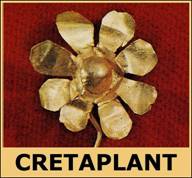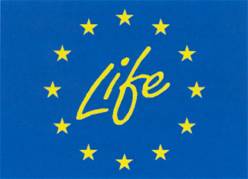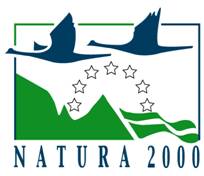
Androcymbium rechingeri
- Androcymbium rechingeri grows in
small coastal areas of Western Crete (islet Imeri Gramvousa,
Falassarna and islet Elafonisi) and nowhere else in the world.
- It was first identified in 1967 by the Swiss botanist Werner
Greuter.
- It is a small bulbous plant, up to 7 cm high and rarely
surpasses 10 cm, with leaves up to 15 cm long.
- It flowers from December to February. Each plant has more than
4 white flowers and usually has pinkish veins. The seeds mature
inside the capsules and the overground plant parts dry up at the
end of May or beginning of June.
- It is protected by the Greek Presidential Decree 67/81 and the
Bern Convention, and is included in the Annexes II* and IV of the
Habitats Directive. It is an endangered species, according to the
Red Data Book of Rare and Threatened Plants of Greece, because its
populations have been badly affected and have taken on tremendous
detrimental pressures attributed to various touristic activities.
- In the framework of the CRETAPLANT project, the Micro-reserve of
the plant has been created in an area of 2 hectares on the Elafonisi
islet, in the southwestern area of Crete.





